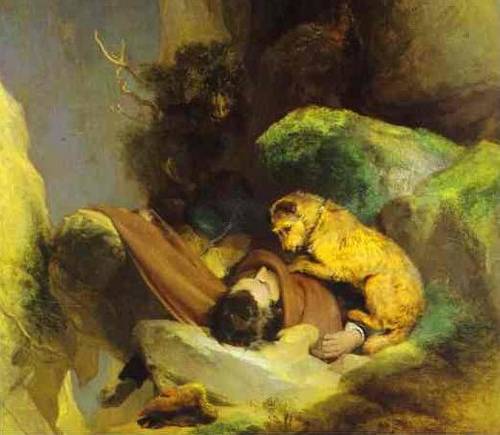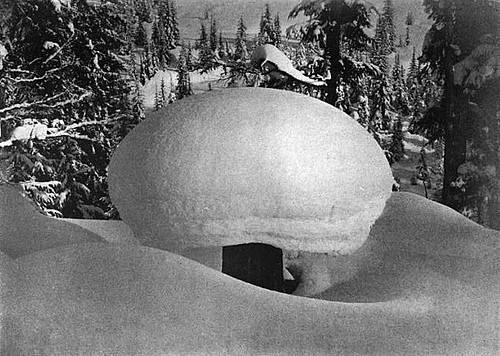Feb. 7, 1988, was a normal day in Lancashire until 10 p.m., when an anemometer at the Hazelrigg weather station registered a single wind gust of 106 mph. Immediately afterward, the winds dropped back to 5 mph.
The squall was tiny but real — investigators discovered that it had moved a 75-kilogram sheep feeding trough a distance of 5.1 meters.
On June 15, 1960, a collapsing thunderstorm blasted Kopperl, Texas, with 75-mph gusts of superheated air that raised the temperature to 140 degrees Fahrenheit, fully 20 degrees above the state’s all-time record. It’s remembered as “Satan’s storm.”




